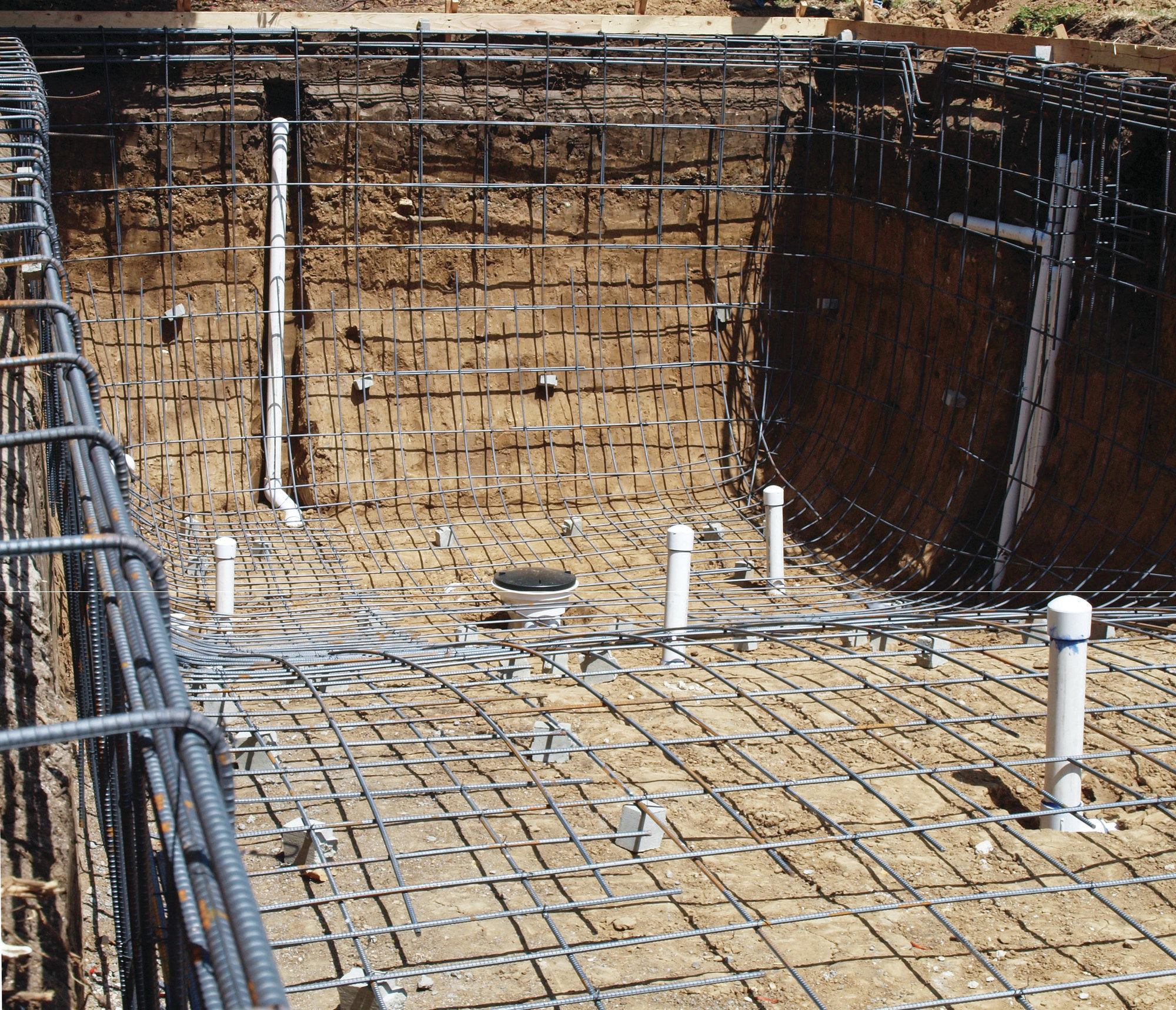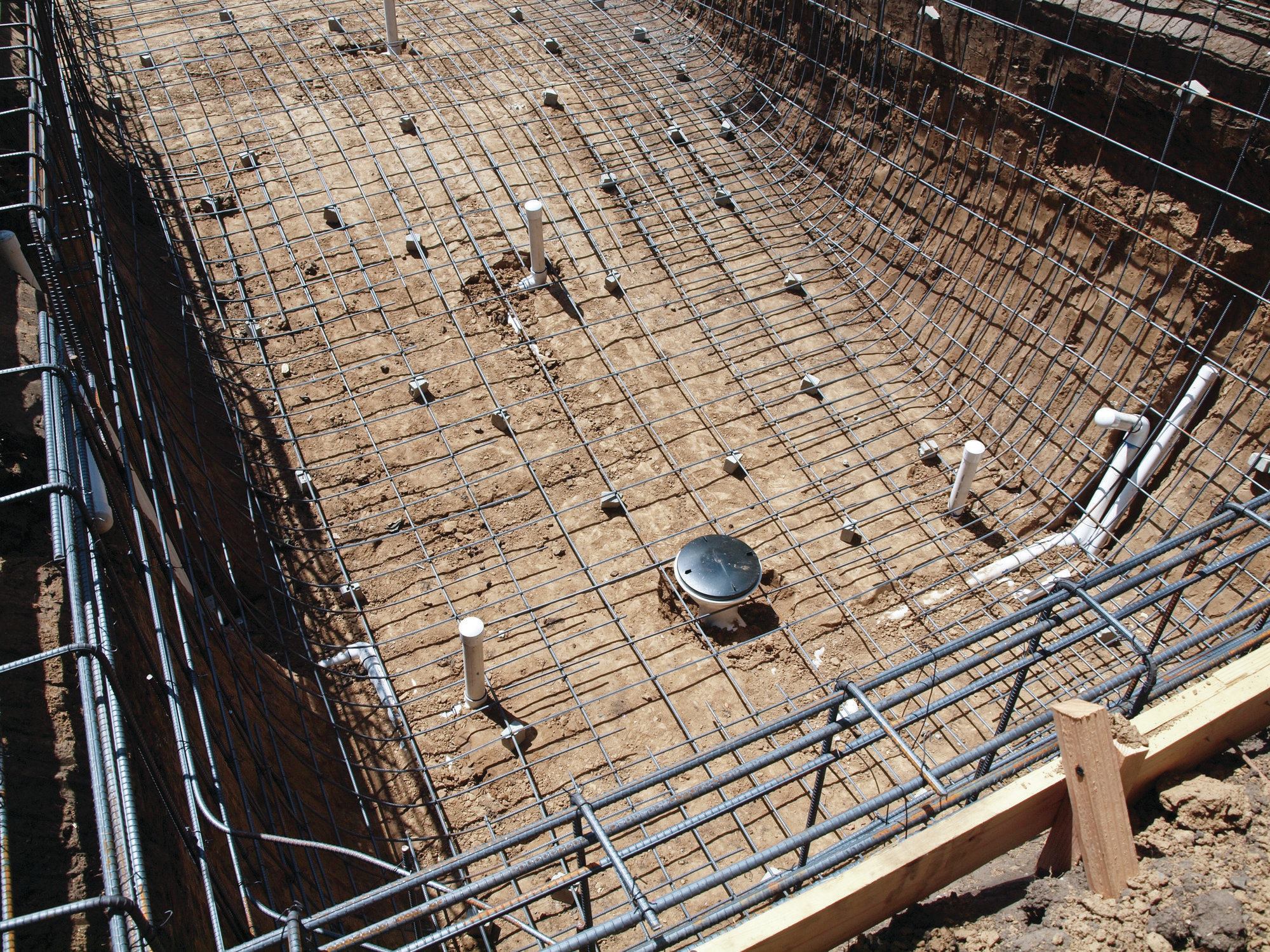As new home sales continue to improve, those buying homes start to consider having a swimming pool built. For consumers who move ahead with the project, one of the big decisions they’ll have to make is whether to have an in-floor cleaning system installed with the pool.
In-floor pool cleaners work with a series of nozzles located strategically on the floor of the vessel. When the cleaning cycle begins, the nozzles pop up, one by one, and emit pressurized water throughout their radius. They cause dirt or debris to be swept gradually down via other nozzles to a special drain. The debris then goes to the filter. Some models route larger debris into a basket, from where it can be cleaned out.
Proponents of in-floor systems say they are able to clean parts of the pool such as walls and steps that other systems can’t reach.
Sector growth
In-floor systems can be installed only during construction of the pool, so improvements in new home sales tend to trickle down into a boost for in-floor systems.
“In Texas and Florida we’ve seen a lot of growth tied to new housing starts,” says Kristin Nilsen, product manager for Zodiac/Caretaker In-Floor Cleaners, based in Vista, Calif. “It’s very attractive right now to add some of these features to your pool because you’re able to make your money go farther.”
Housing market conditions aren’t the only determining factor on whether in-floor systems are popular in a given region. “In some markets, we’re incredibly strong. The desert markets have always been easier for us because of the way we address cleaning,” says Dave Johnson, director of sales for Gilbert, Ariz.,-based Blue Square. “Suspending debris instead of sucking it up like hose-based cleaners — it’s a different approach. In markets where leaves are the predominant debris type, in-floor systems tend to lag behind. In the desert markets, in-floors are often the predominant cleaning system.”
Nilsen agreed. “The top markets are people using pools year-round. They include Arizona, Texas, Florida and Las Vegas. They’re attractive in areas that have smaller debris. We’ve noticed a lot of growth in these markets recently. If you’re looking at areas with a lot of trees, with a lot of super-heavy debris, you’re going to have a hard time with a cleaning system keeping up, whether it’s in-floor or a robot,” she says.
Some manufacturers give credit to pool builders for being more aggressive in marketing the in-floor systems. “We’ve seen the share of pools being built with in-ground cleaners go up, even during the recession,” says Buzz Ghiz, president of Paramount Pool and Spa Systems, based in Chandler, Ariz. “We’ve seen a spike in our business.
“There are more builders presenting in-ground cleaners, more builders wanting that as an option and more consumers buying them.”
But cleaning isn’t the only selling point for an in-floor system. “The real claim to fame for in-floor cleaners has a lot more to do with circulation than it does with cleaning,” Johnson says. “As an industry, we’ve built these expensive projects and we only stir the top of the water. When you’re getting in front of a homeowner, ask them if they’ve ever been in a pool where the water’s hot on top and cool on the bottom, you explain that that’s a stagnant swimming pool. That resonates with them.”
And it’s not just heated water that’s distributed. Since there are more outlets, in the form of the nozzles, chemicals go into the pool more evenly as well. In-floor system manufacturers say these features have helped builders sell the cleaners to more and more homeowners.
“It’s like a big mixer in your pool,” says Greg Price, director of national field operations for A&A Manufacturing, which is based in Phoenix. “Not only are you getting the hydraulic brushing that takes place, and with it the cleaning, you’re getting full chemical, heat and water distribution. The circulation benefits are the key.”
Servicing
An in-floor cleaning system will eventually become the responsibility of the pool’s service technician. There are a few things a tech will need to look out for to keep his customers’ in-floor systems working as they should.
“The number one service issue with any in-floor cleaner is the water being delivered to it,” Johnson says. “If the filter is in a state of disrepair, lots of backpressure, if the pump is worn, or it’s been replaced with a pump that’s too small, there’s not enough pressure being delivered to the in-floor system to adequately clean.”
Most in-floor cleaners are designed to run on the same pump as a pool’s filtration system. Some, however, are set up on their own pumps. Systems with electronically controlled valves can be programmed along with a pool’s filtration and heat times.
Most manufacturers give lifetime warranties on their in-floor systems. However, some of these warranties are good only for the original purchaser of the system. Subsequent homeowners are then responsible for repairs.
Cleaning heads are the most common part that requires replacement. “Almost every season, a head will break,” says Steve Pettyjohn, owner of McDowell Mountain Pool Services in Phoenix. “When one head breaks, that whole circuit goes out.”
These minor repairs can turn into opportunities for techs. “As long as you’re well-versed in how to fix in-floor systems, they can be a pretty good moneymaker,” says Dan Jonaitis, owner of Arizona Pool Specialists in Scottsdale, Ariz. “Things do go wrong, and if you don’t carry the parts in your truck or you’re unable to diagnose the problem, you’re going to have issues with it.
Techs also must be sure that the heads aren’t being clogged with debris.
“In-floor systems tend to be in higher-end pools, which are often in open areas that get more debris and dust in the pools,” Pettyjohn says. A pool tech with in-floor systems on his route should definitely invest in a tool to change the pop-up heads without going into the pool, and keep in mind that different manufacturers’ systems might require different tools. These tools can be attached to the end of a brush or skimmer pole and the valve can be easily removed. Of course, be sure the system is off before making any fixes.
Another trouble spot can be the valves. The valve controls the flow of water to each circuit or cleaning head in the pool. “Every couple years, you need to rebuild the valves,” says Mike Ryno, owner of Blue Surf Pools in Scottsdale.
As with any mechanical system, it pays to keep on top of problems. And techs should advise their customers that their in-floor systems require occasional repairs. “If a customer thinks it’s going to last as long as the roof of a house — 25 years or so — they’re wrong,” Jonaitis says. “The heads go bad after so many years, depending on the run times of the filters. When they go bad, they need to be replaced. So there’s an expense associated with those units and the customer needs to be made aware of that.”






